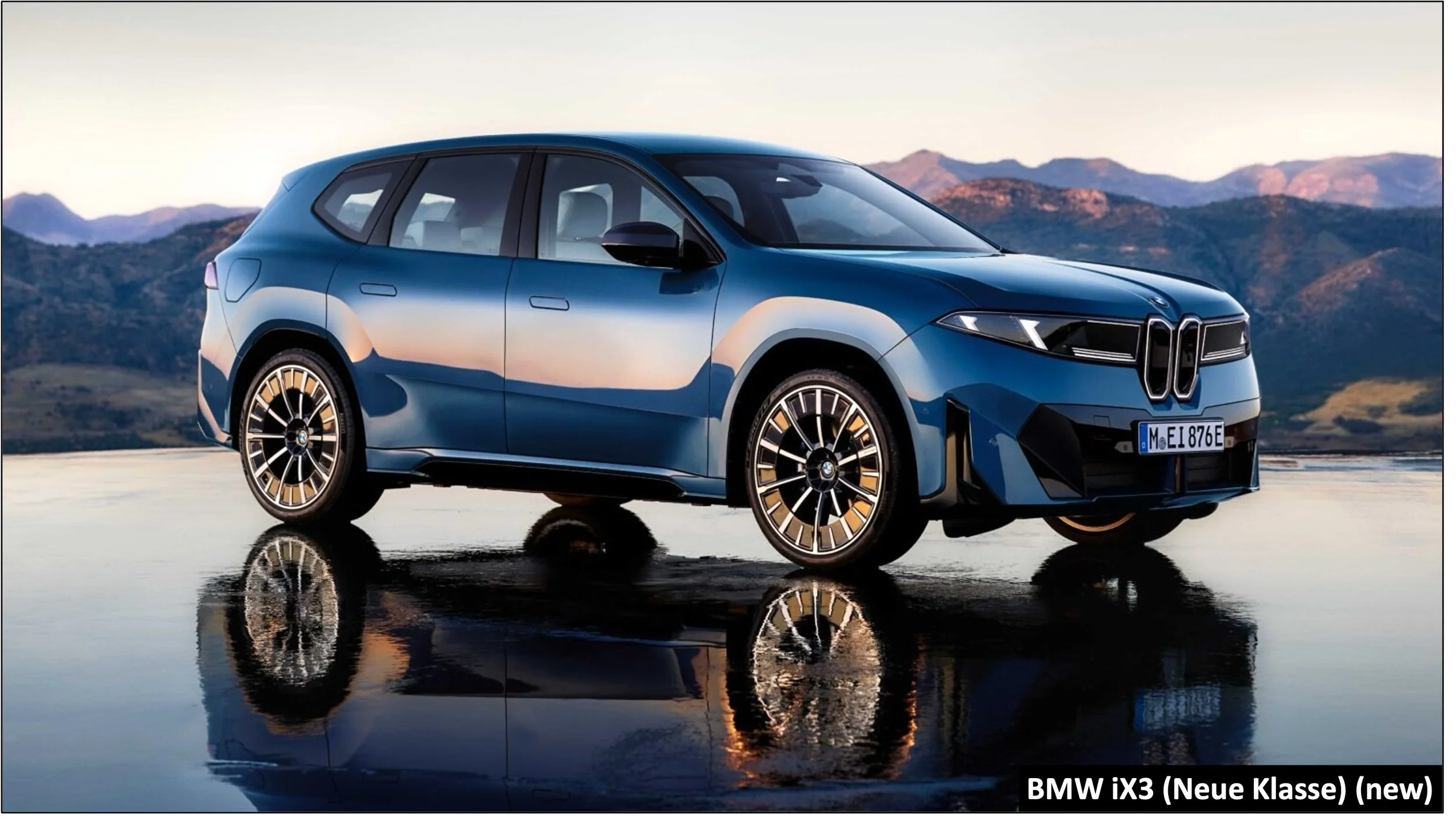Automakers are quietly chasing a new performance edge for 2026 — aerodynamics.
Image Credit: BMW
The key measure of vehicle aerodynamics is the drag coefficient (Cd).
Lower Cd = less drag = higher efficiency.
In 1996, the Toyota Camry was one of the sleekest cars with a Cd of 0.29.
Between 1997 and 2011, no volume production cars dipped below 0.25.
By 2015, about five did.
In 2026, 28 models will come in below 0.25.
Why does aerodynamic design matter today?
➡️ EV shoppers still face “range anxiety.”
For the 70 BEV models currently on sale in the U.S., the median EPA range is 280 miles.
Meanwhile, the average ICE SUV goes about 400 miles on a tank.
However, if the Chevy Equinox EV improved its Cd from 0.32 to match the Tesla Model Y (0.22), its range would increase by ≈45 miles — from 319 to 364!
➡️ ICE shoppers care about efficiency and gas prices (of course).
If the Cadillac CT5-V reduced its Cd from 0.32 to match the Mercedes S-Class (0.22), it would gain:
• +68 miles of range per tank
• +3.9 mpg improvement
• ≈$240 fuel savings over 10,000 miles
➡️ And aerodynamic styling is gaining fans.
Sleek designs are now linked with the most desirable, best-reviewed luxury models --including many below.
The Most Aerodynamic 2026 Models (Cd) in the US*
_________________________________________
0.197 — Lucid Air
0.20 — Mercedes-Benz EQS, Audi A8, BMW i3 Neue Klasse (new) (estimated)
0.208 — Tesla Model S
0.21 — Hyundai Ioniq 6, Mercedes-Benz CLA
0.22 — Tesla Model 3, BMW 5 Series, Mercedes-Benz S-Class, Porsche Taycan, Tesla Model Y
0.23 — Audi A6 e-tron Sportback (new), Audi A5, Audi A6, BMW 3 Series, BMW i5, Mercedes-Benz E-Class, Polestar 5 (new), Audi e-tron GT
0.24 — BMW 4 Series Coupe, BMW i4 Gran Coupe, BMW i7, BMW iX3 Neue Klasse (new), BMW M5, Lucid Gravity, Mercedes-Benz C-Class, Mercedes-Benz GLC EQ (new)
Honorable Mention - 0.25 - Rolls Royce Spectre
* Low volume production or specialty vehicles not considered: e.g. Tesla Cybercab and Mercedes Vision EQXX, etc.
SEE THIS POST ON LINKEDIN
Image Credit: BMW
Image Credit: Polestar
Image Credit: Audi
Image Credit: Mercedes-Benz
Image Credit: Rolls Royce Motorcars






